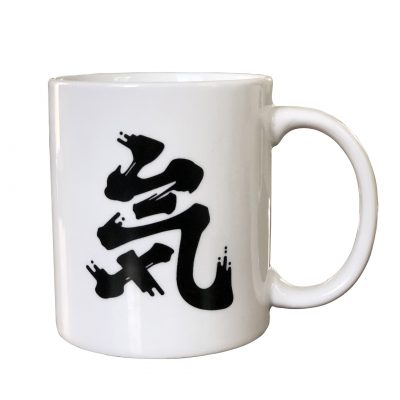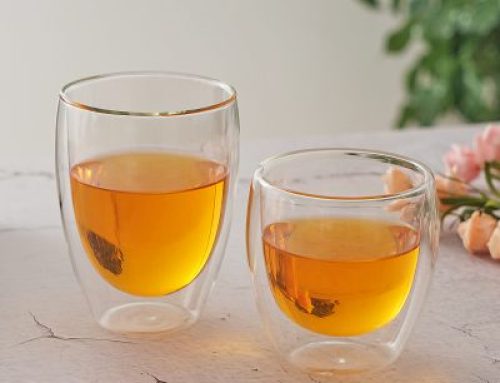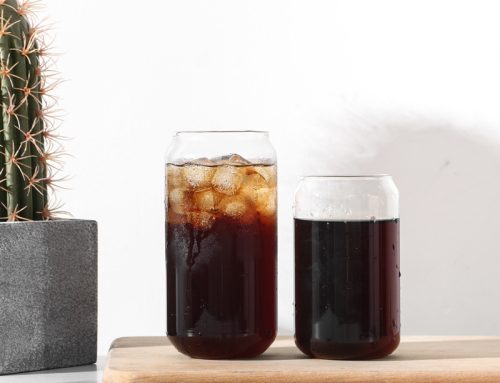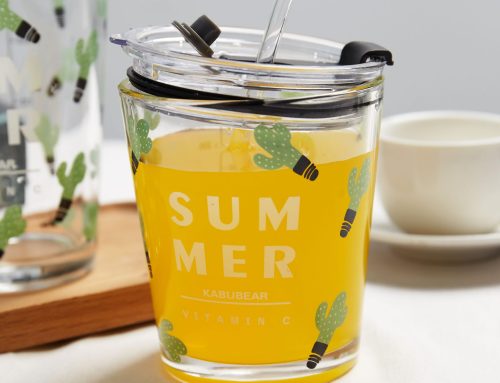How many ceramic terms have you heard of sintering, complete sintering, incomplete sintering, overfire, underfire, and vitrification? Several previous articles mentioned that the history of ceramics is pottery-stoneware-porcelain. Pottery is not a fully sintered utensil, so it has large pores, is also breathable, and easy to absorb moisture. Stoneware is a fully sintered utensil, but without vitrification, it is a product located between pottery and porcelain. Porcelain is the product of vitrification. The following Weiao Ceramics editor will introduce the above ceramic firing terms in detail.
Sintering refers to heating the powder or powder compact at a temperature lower than the melting point of its basic components to incomplete melting, and then cooling it to room temperature in a certain manner and speed. Sintering can make the particles adhere to each other, the gap becomes smaller, and the aggregate of the powder particles becomes the aggregate of the crystal grains, thereby improving the strength of the object. Under the action of high temperature, the final porosity of the green body is close to zero, and when the density reaches the maximum, this state is called “complete sintering”, on the contrary it is “incomplete sintering”.
Over-firing refers to the product exceeds the firing temperature, that is, the sintering temperature is too high or the sintering time is too long. After the product reaches sintering, if the temperature is continued to increase, the open pores of the green body will be zero, and the green body will be softened and expanded, which will cause the green body to deform, size inconsistency, or bubbles. The temperature interval between sintering and deformation of the green body is called the “sintering temperature range”. The phenomenon in which the green body is deformed beyond the range is called “overburning”. “Underburning” means that the sintering temperature is not reached or the sintering time is short, as opposed to the cause of “overburning”. Of course, due to the above-mentioned factors, under-firing will cause the compactness of the porcelain body to be insufficient, and there are many pores, and the hardness is not good, such as pottery. Vitrification refers to the process from the appearance of the glass phase to the completion of the firing during the firing of the green body or glaze. The glass phase is an amorphous substance, which can bond the crystal phase dispersed on the green body or the glaze, and can also promote mass transfer (the process of mass transfer for uniform substance concentration) to make the quality dense.






